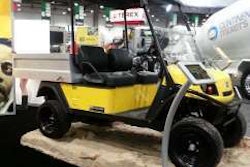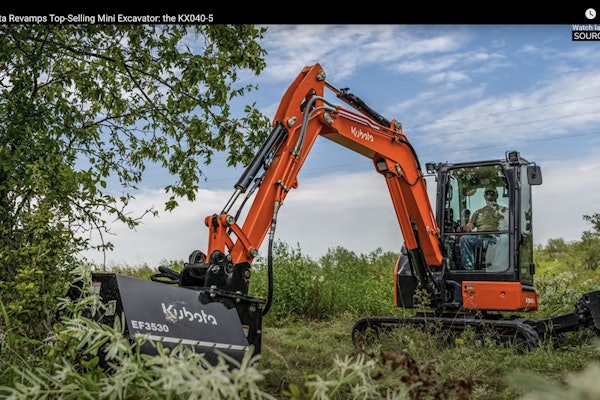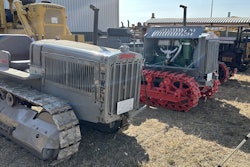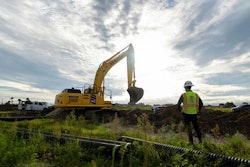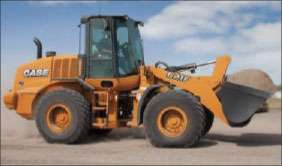
The current challenging economic environments makes investment in capital equipment expenditures increasingly difficult, so naturally, equipment owners try to stretch every dollar and lengthen equipment life and functionality. It’s called ” stretching” – a slang term for “doing more with less,” Marringa explains.
I think stretching is something that we’re all guilty of – some of it because we have to and some of if because we want to. I admit it. I bought this year’s valentines for my children at The Dollar Tree this year. I also stocked up on birthday cards and upcoming event cards there. I couldn’t bear the thought of spending $5 per card on something that may just be thrown away. I also stocked up on some cleaning supplies there to stretch my dollars. I usually succumb to convenience, buying everything at the grocery store or Target.
But while I was there, I did my own type of “stretching.”
In the world of equipment, Marringa says, stretching may mean attempting to achieve higher productivity by modifying machines to handle heavier loads. Sometimes larger buckets are put on them. Sometimes counterweight sizes are increased.
There are cases where it has been authorized by the manufacturer, Marring says, but other times dealers and owner-operators are doing it themselves to suit their own needs. “The machines are running on the fringe of their intended design,” Marringa says.”The engine and equipment manufacturers work together and design a machine for an intended range or capacity. Those loads directly related to axles to bear the framework.”
However, Marringa says, by encouraging or endorsing an increased lifespan, the products are being diminished. In a manufacturer-authorized case, ” It is a matter of a manufacturer choosing to work on the edge of their design,” he says.
In non-authorized cases, “This is where [operators] run the risk of making modifications,” Marringa says. “Under normal circumstances, the modifications are made and the equipment functions and does the job they want it to do without having it authorized by the manufacturer. I think individuals always push the limits, but given the cost of wheel loaders – you are talking about $175,000 to $400,000 in capital expenditures — they are probablymore careful and are now trying to do more with what they have.”
Have you “stretched” your equipment? Was it manufacturer authorized or on your own? If you don’t mind having your response published with your full name and company, let me know. If it’s not manufacturer authorized, but you’d still like to share how you’ve modified and whether it has been successful, I’d be happy to just use your first name and the piece of equipment. (I’ll call or e-mail you back, though, to make sure it’s a legitimate response and that you’re a real person.)
Let’s get a conversation going. E-mail me at [email protected] or post to our Facebook Page at www.facebook.com/BetterRoadsMagazine. (No Facebook account needed to view the page, but to post an account is needed.) You can also send me a Facebook message to my own page. Search for [email protected]m or Tina Grady Barbaccia (AggMan-BetterRoads).
I look forward to hearing from you.




